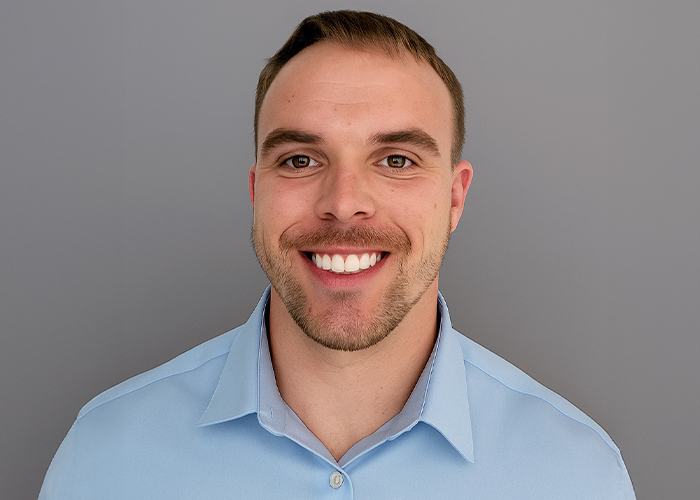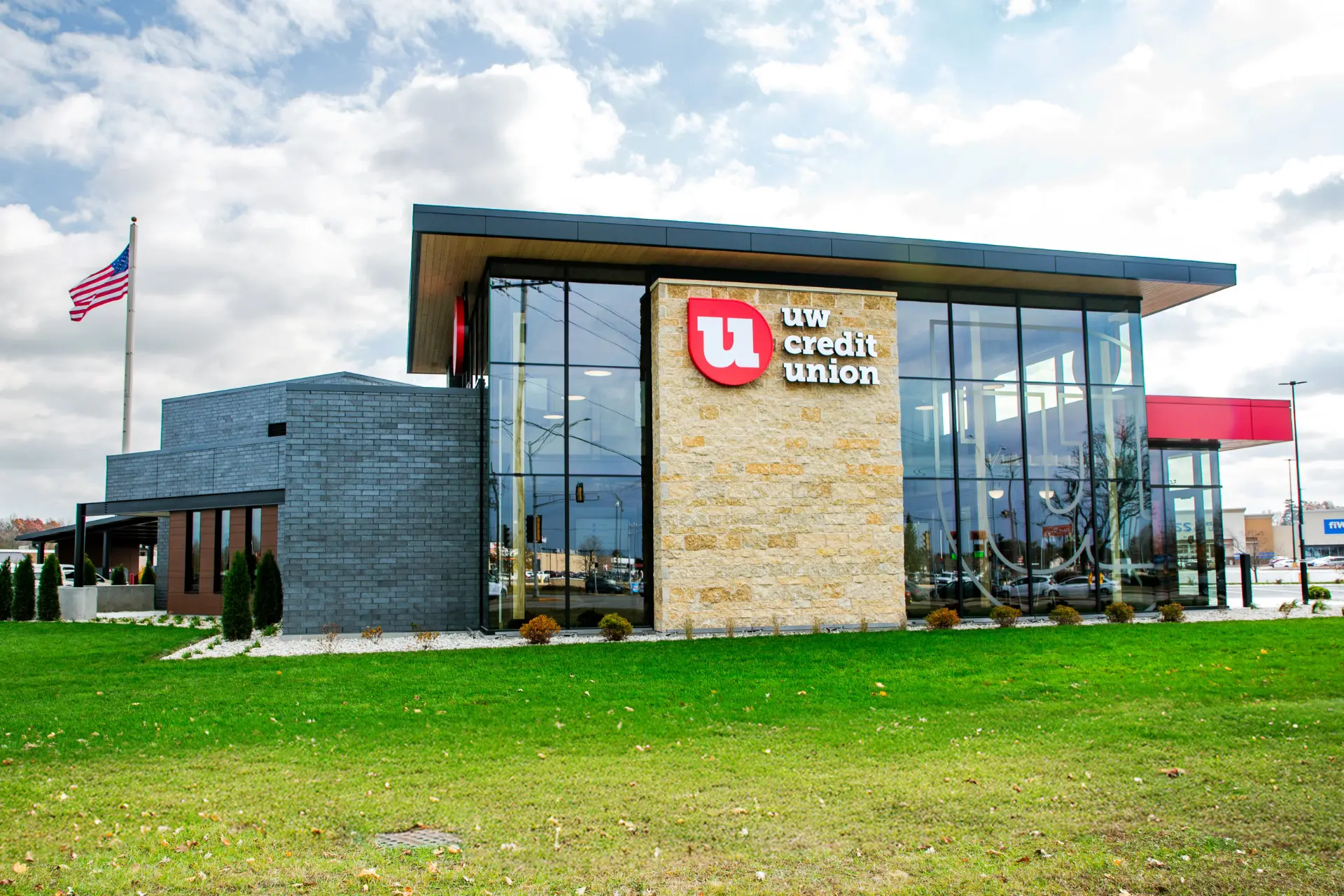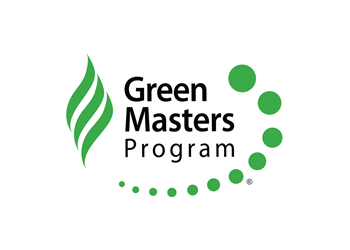It’s PSL Time
What you need to know about the other PSL: private student loans.

If “figuring out how you’re going to pay for college” is on the list of things you worry about, we totally get it. With eight branches on college campuses, we’ve been helping students navigate financial assistance way before the internet existed. We have some thoughts.
What’s new in student loans?
Recent changes to federal student loans have shifted the landscape. While federal loans remain the first line of support for most students, new rules may affect eligibility, borrowing limits, and repayment options. Families need to be more informed than ever about alternatives like private student loans.
About 87% of first-time college students benefit from some form of financial aid. But where do you even start?
Step 1: Start with FAFSA
Every student should complete the Free Application for Federal Student Aid (FAFSA), even if you’re not planning on using loans. This form determines eligibility for federal grants, work-study and federal student loans. This useful guide can help you get started.
Step 2: Explore your options
Scholarships are free money, so apply for as many as possible. Federal student loans should be your next option. They’re backed by the government, often have fixed interest rates, and offer protections like income-driven repayment and loan forgiveness for certain careers.
Step 3: Understand private student loans (PSLs)
If scholarships, grants and federal loans don’t cover all your costs, PSLs can help fill the gap. These loans are offered by banks, credit unions, and other financial institutions.
A few notes about PSLs:
- Eligibility: Lenders will look at credit scores and income. Students often need a co-signer (usually a parent).
- Interest Rates: Rates can be fixed or variable and are usually higher than federal loans. Your rate depends on your creditworthiness.
- Repayment: Private loans may not offer flexible repayment plans. You might have to start paying interest while still in school.
- Protections: Unlike federal loans, PSLs rarely offer deferment, forbearance, or forgiveness options.
Step 4: Be savvy about repayment
Set up future you for success:
- Know your interest rate and monthly payment.
- Set up automatic payments to avoid missed deadlines.
- Consider making interest payments while in school to reduce your total cost.
- Communicate with your lender if you’re struggling.
Step 5: Know the ins and outs of loans.
Educating yourself on how loans work, and how to make them fit into your financial picture, is key.
Two concepts you should familiarize yourself with:
- Consolidation. Typically for federal loans, consolidation means combining multiple loans into one for easier management.
- Refinancing. Available for both federal and private loans, refinancing means taking out a new loan to pay off existing loans, ideally at a lower interest rate. Note: refinancing federal loans with a private lender means losing federal protections.
Private student loans can be a helpful tool, but they come with risks and responsibilities. Seek out federal aid and scholarships first. If you need PSLs, shop around for the best rates, read the fine print and plan for repayment.
Being informed is the best way to make smart choices for your education and your financial future. Our student loan department is ready to answer any questions you might have.


